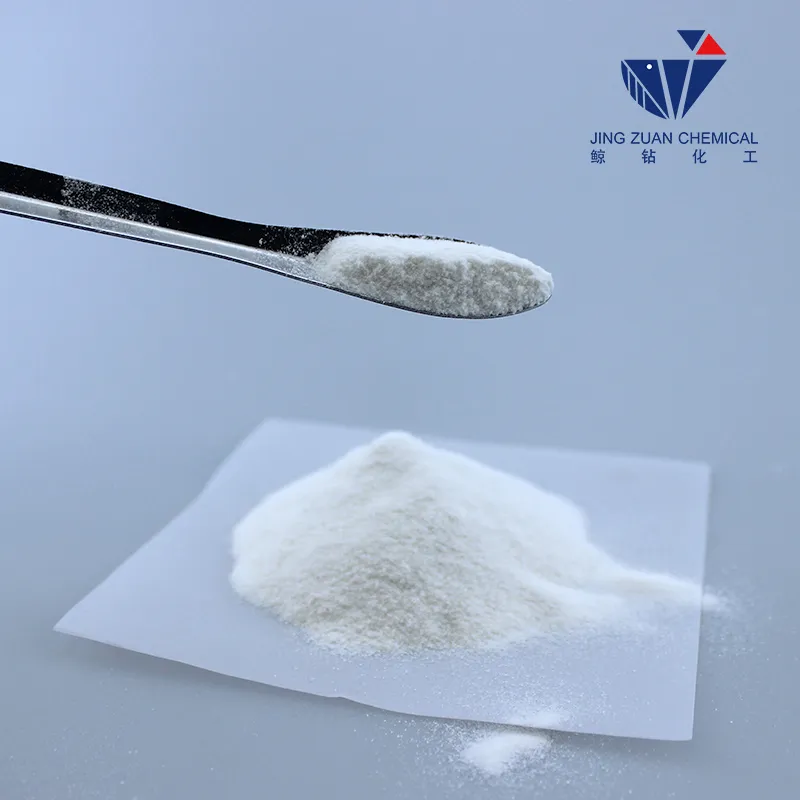
ਨਵੰ. . 07, 2024 21:44 Back to list
Synthesis Methods and Applications of Hydroxyethyl Cellulose in Modern Industries
Synthesis of Hydroxyethyl Cellulose A Comprehensive Overview
Hydroxyethyl cellulose (HEC) is a non-ionic, water-soluble cellulose ether that has gained significant attention in various industrial applications, including cosmetics, pharmaceuticals, food products, and construction. Its unique properties, such as thickening, binding, and film-forming capabilities, make it an essential ingredient in many formulations. The synthesis of hydroxyethyl cellulose involves the reaction of cellulose with ethylene oxide in the presence of an alkaline catalyst. This article will explore the detailed steps of HEC synthesis, its properties, and applications.
Raw Materials and Preparation
The starting material for HEC production is cellulose, which can be derived from different sources such as wood pulp, cotton linters, or agricultural residues. The purity and source of cellulose can affect the final product's properties, making the selection of raw materials crucial. After sourcing cellulose, it is usually subjected to a process called mercerization, where it is treated with sodium hydroxide (NaOH). This treatment enhances the cellulose's reactivity by increasing its surface area and crystallinity, making it more susceptible to derivatization.
Synthesis Process
The synthesis of hydroxyethyl cellulose typically occurs in two main steps alkalization and etherification.
1. Alkalization The mercerized cellulose is first dissolved in an aqueous alkaline solution. The sodium hydroxide serves not only to swell the cellulose fibers but also to activate the hydroxyl groups (-OH) on the cellulose chains. This activation is essential for the subsequent reaction with ethylene oxide.
2. Etherification After the cellulose is fully mercerized and swollen, ethylene oxide is introduced into the reaction mixture. The ethylene oxide molecule undergoes nucleophilic substitution, where it reacts with the hydroxyl groups on the cellulose to form hydroxyethyl groups. This step is typically carried out under controlled temperature and pressure conditions to optimize the degree of substitution and ensure a homogeneous reaction.
The reaction can be monitored through various techniques, including viscosity measurements and infrared spectroscopy, to confirm the successful incorporation of hydroxyethyl groups into the cellulose backbone
. The degree of substitution (DS) is a critical parameter that influences the solubility and viscosity of the resulting HEC.Purification and Characterization
hydroxyethyl cellulose synthesis

After the etherification reaction, the reaction mixture is neutralized with acid to stop the reaction. The product is then subjected to purification processes, including washing and drying, to remove any unreacted reagents and by-products. The HEC product can be characterized by its solubility in water, viscosity, and other physicochemical properties.
Properties of Hydroxyethyl Cellulose
Hydroxyethyl cellulose is known for its solubility in cold and hot water, forming a clear and viscous solution. Its viscosity is dependent on the concentration and the degree of substitution. HEC is also stable across a wide pH range, making it suitable for various applications, including those in alkaline or acidic environments.
Moreover, HEC is non-toxic and has good compatibility with other ingredients, which is particularly advantageous in cosmetic and pharmaceutical formulations.
Applications
Due to its unique properties, HEC finds applications in various fields
- Cosmetics Used as a thickener, film-former, and stabilizer in creams, lotions, and shampoos. - Pharmaceuticals Serves as a binder and thickener in ointments and gels. - Food Industry Used as a thickening agent in sauces and dressings. - Construction Acts as a water-retaining agent in mortars and plasters.
Conclusion
The synthesis of hydroxyethyl cellulose is a well-established process that combines traditional chemistry with modern applications. Its versatility and functional properties make it an invaluable material across various sectors. As industries continue to seek sustainable and effective ingredients, HEC remains a prominent example of cellulose-based derivatization aimed at enhancing product performance and usability.
-
tile-bonding-additives-for-stronger-bonds
NewsAug.22,2025
-
construction-grade-rdp-for-wholesale-needs
NewsAug.22,2025
-
trusted-wholesale-hec-partners
NewsAug.22,2025
-
hec-solutions-for-industrial-excellence
NewsAug.22,2025
-
construction-additives-need-hpmc-essentials
NewsAug.22,2025
-
hpmc-versatile-cellulose-ether-for-industries
NewsAug.22,2025







